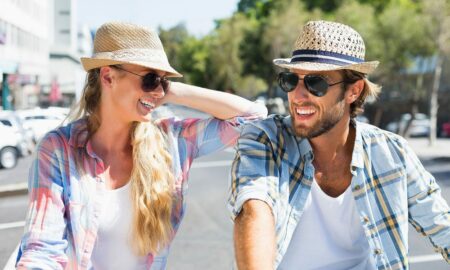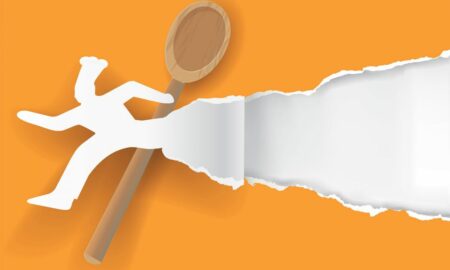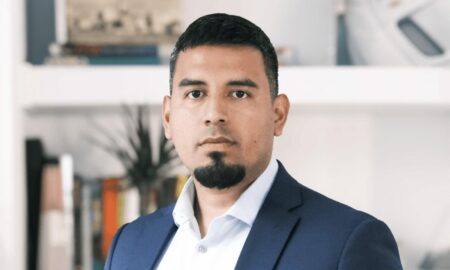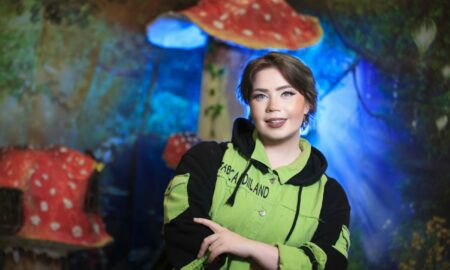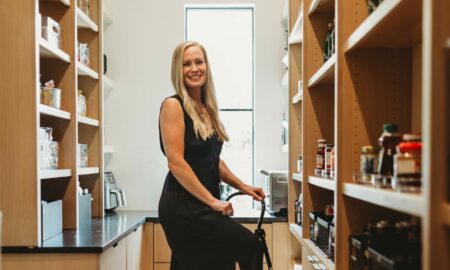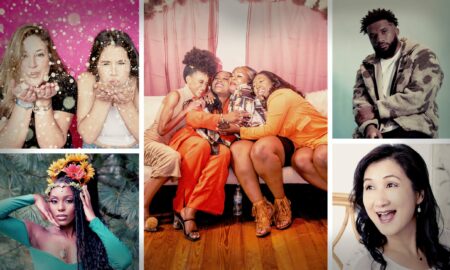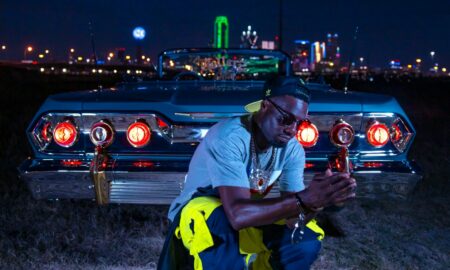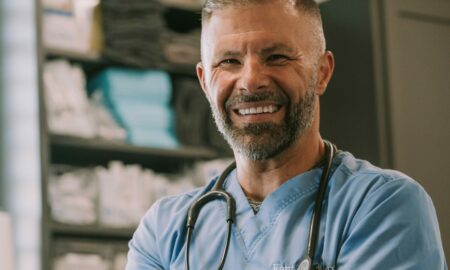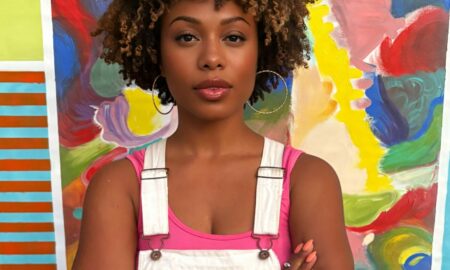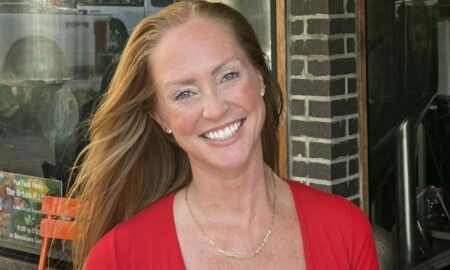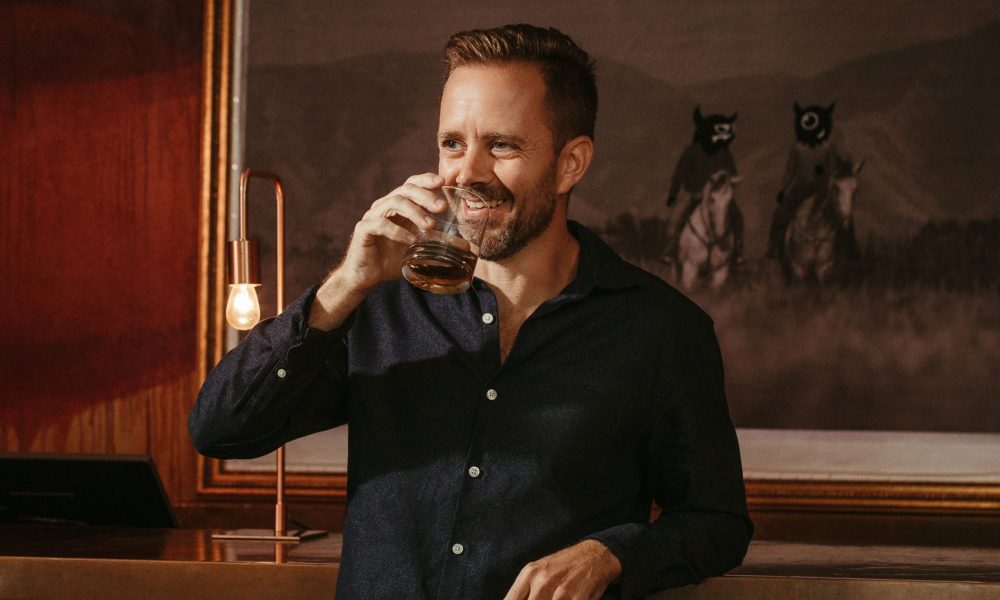

Today we’d like to introduce you to Jared Haas.
Jared, please share your story with us. How did you get to where you are today?
“I always wanted to be an architect, but I was never good at math/art” is the most common greeting statement that I receive when meeting a new client for the first time. I may cringe at the redundancy of this anecdote, but there’s a lot of merit behind it. I actually did excel in mathematics and the arts equally in grade school, which, having no other previous knowledge of the profession, was my primary motive for entering the Architecture program at Virginia Tech. And for the record, yes, I was obsessed with legos as a child.
At the end of my freshman year, we were whittled down to about 30 students from maybe 200 or so. I found myself overwhelmed by this refined pool of natural talent and had to fight extra hard to hold my own. I would strive for that wow factor, maybe a glass cantilevered box overlooking an orange sunset riddled skyline or some arbitrary amorphous mass plopped on an abandoned greenfield site. In retrospect, we in the industry refer to this as “architectural masturbation,” or cool for the sake of cool. Wisdom derived from age and refined sophistication derived from experience has taught me that good architecture is predicated on creating a successful experience at the user level.
So what defines a “successful” user experience? Like a good work of art, movie, or song, a successful space evokes an emotion. It could be a moment of joy, sadness, anger, nostalgia, excitement, relief, disgust, pain, etc. It doesn’t matter what the emotion is, but if you feel something, anything from what I have created, then I have achieved my goal. My worst fear is creating a building that blends anonymously into the background as you walk through it.
The formation of my design firm, Un. Box Studio, in 2010 was an experiment in discovering a lot of the above described “what” of making good design. Once my team and I figured it out, we articulated these concepts into what we called “authentic living” principles and rebranded our firm to Black Rabbit. The keyword is “authenticity,” which provided a design objective. The more authentic the environment, the more we are able to promote socially and physically healthy environments. The concept of planning and designing around the pedestrian (rather than the vehicle), for example, forces us to socially connect and physically engage each other. Connection and engagement is what creates the concept of a culture or community, something that is slowly becoming endangered in our ever so increasingly social media-driven culture.
In 2014, I co-founded the East Side Collective, an event and coworking space primarily focused on members of the design industry. The idea was to create a socially engaging work-play space with other like-minded disciplines, especially in east Austin, where arts and culture thrive more than just about anywhere in the US. This was my first experience in design-build-develop and creating a micro-culture business.
In 2015, we designed the Native Hostel, Bar and Kitchen. This adaptive re-use project further utilized our authentic living design principles. We embraced natural materials, both existing and new, and designed the space to encompass a diverse set of programs under one roof, including a bar, kitchen, cafe/coffee shop, event space(s), and of course, a hostel and hotel. The Native continues to embrace a wide audience enticing them with morning coffee and brunch, a full lunch and dinner menu, cocktail happy hours, tarot readings, DJ sets, live jazz or rock, comedy standup show, poetry readings, art exhibits, yoga classes, and so on.
My firm continues to focus on projects that allow us to exercise authenticity. Even if we cant utilize every aspect of our SIX principles, we strive to incorporate as many of these individual principles into our work as possible. In 2018 we started to sell individual house plans on our website, which allow consumers access to modern design without high-end custom design fees. In 2019 we started our construction team to build the more specialized projects that traditional General Contractors are not able to execute properly. In 2020 we started our first single-family development project, with the goal of developing our own mixed-use micro-communities throughout Austin, San Antonio, Dallas, and other areas of central Texas.
We’re always bombarded by how great it is to pursue your passion, etc – but we’ve spoken with enough people to know that it’s not always easy. Overall, would you say things have been easy for you?
I have been aptly nicknamed “Sisyphus” by some of my colleagues. It’s a constant struggle, often moving two steps back with every two steps forward when trying to push an agenda that goes against the grain. When you try to be different and strive for greatness, the world strives to pull you back towards mediocrity. Furthermore, we are pushing a difficult agenda within an already incredibly difficult profession. All of this just makes me want to push back harder.
On the positive side, client mentalities are changing. The slow food movement started out as a trend and now has started to become more embedded into our everyday culture (especially here in Austin). We are still in the “fast food” period of planning and design in the US. However, we are finally starting to see recognition of how this has detrimentally reshaped our environment.
Our goal is to help provide alternative solutions to our current way of planning and design. Our biggest challenge is at the bureaucratic level. Austin was planned based on exclusionary zoning principles. Unfortunately, the concept of NIMBYism has taken root in shaping and preserving these antiquated zoning and planning policies. Our current code is a nightmare (see Zucker Report for Austin). Restructuring our failed planning and zoning system has so far been a losing battle (see CodeNEXT and other attempts at Land Development Code reform). We have greater recognition at the Council level, who is pushing for greater progress. I am also on the board of the Austin Infill Coalition as well as a member of several other organizations that are in the fight to help make a change with the overall goal to allow for more mixed-use, communal, or missing-middle living.
So, as you know, we’re impressed with Black Rabbit – tell our readers more, for example what you’re most proud of as a company and what sets you apart from others.
We are a design-build firm that focuses on creating authentic living environments. I would highly recommend viewing our principles here: https://www.blackrabbit.co/authentic-living. It has been an uphill battle trying to get people to shift their mentalities. In the past few years, we have been getting a much more receptive and open response to our ideas. With greater access to social media outlets, clients are seeing projects overseas that align with our concepts, especially in places like Mexico, China, Scandinavia, and Australia.
We also believe in a holistic and collaborative design process. We engage the different disciplines early on in the design process rather when they are absolutely needed. We are slowly building up towards vertical integration to be able to really push the envelope to meet our expectations and values of how things should be designed and built. We started our construction company last year to take on projects that go against the grain and are otherwise too difficult for the average General Contractor to execute. We are starting our first design-build-develop venture right now with a single-family house and have multiple design proposals on mixed-use projects in Austin and San Antonio.
So, what’s next? Any big plans?
As we continue this trend of mass production and consumption, we are foreseeing some counter-reactions. Our authentic living principles are a culmination of other movements, such as slow architecture, green design, wellness design, and new urbanism. We have already seen the start of these individualized movements, but not as a whole. Ultimately we would like to see this concept become embedded into our built environment rather than another fleeting trend. We are seeing greater recognition at all levels and are very optimistic about our future.
Contact Info:
- Address: 1111 E 11th St. #350
Austin, TX 78702 - Website: blackrabbit.co
- Phone: 5124742544
- Email: info@blackrabbit.co
- Instagram: https://www.instagram.com/blackrabbit_co/
- Facebook: https://www.facebook.com/blackrabbit.austin







 Image Credit:
Image Credit:
1, 2, 3 – Cassandra J Klepac Photography
4, 5, 6, 7 – Leonid Furmansky Photography
Suggest a story: VoyageDallas is built on recommendations from the community; it’s how we uncover hidden gems, so if you or someone you know deserves recognition please let us know here.


